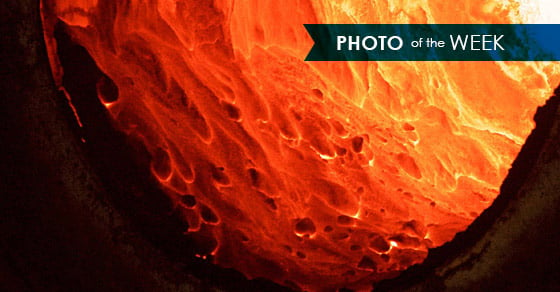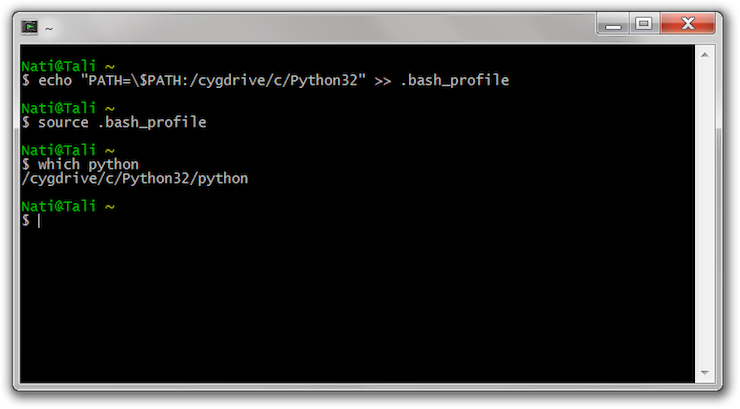How To Install David S Batch Processor Machine
This is the correct way to perform the check as-per Microsoft's knowledgebase reference ( ) that I have re-edited into just a single line of code. It doesn't rely on any environment variables or folder names and instead checks directly in the registry. As shown in a full batch file below it sets an environment variable OS equal to either 32BIT or 64BIT that you can use as desired. @echo OFF reg Query 'HKLM Hardware Description System CentralProcessor 0' find /i 'x86' >NUL && set OS=32BIT set OS=64BIT if%OS%==32BIT echo This is a 32bit operating system if%OS%==64BIT echo This is a 64bit operating system. Seems to work if you do only these: echo '%PROCESSOR_ARCHITECTURE%' I've found which will do specific stuff depending of OS Architecture (x64 or x86): @echo off echo Detecting OS processor type if '%PROCESSOR_ARCHITECTURE%'=='AMD64' goto 64BIT echo 32-bit OS savdaldpm01 ProtectionAgents RA 3.0.7558.0 i386 DPMAgentInstaller_x86 /q goto END:64BIT echo 64-bit OS savdaldpm01 ProtectionAgents RA 3.0.7558.0 amd64 DPMAgentInstaller_x64 /q:END 'C: Program Files Microsoft Data Protection Manager DPM bin setdpmserver.exe' -dpmservername sa Try to find a way without GOTO please. For people whom work with Unix systems, uname -m will do the trick.
Many DOS commands in the different versions of Windows are similar but may support different parameters. Plus, newer versions of Windows may support new commands or retire older ones. Thus, if you wish to write a batch file that can run on different types of machines, it may prove beneficial to determine the version of Windows on which the batch file is running. This way the batch file can execute commands appropriate to the operating system.
Download Batch Process Gimp For Windows >http://bit.ly/2k8F08r. **Batch image processing** can reduce this process from hours of work to just a few simple clicks. By hand in Photoshop. Let's take a look at 15 useful batch image processors for both Mac and PC. David's Batch Processor is a Gimp plug-in that performs batch editing functions on images.


The following batch file will determine whether or not the machine is running Windows 7, Windows Server 2008, Windows Vista, Windows Server 2003, Windows XP, Windows 2000, or Windows NT. It can easily be modified to support other versions of Windows as necessary or to set an environment variable based on the version of Windows detected. Note that for this batch file to correctly discern between newer versions of Windows Server and consumer versions of Windows, it is more convoluted than batch files you may see elsewhere.
I have explained the reasoning below. 1) Open a Notepad window.
• • • • • • • • • • • • • • • • • But not everyone is a command-line whiz. If you're more comfortable with menus and buttons, don't give up hope. There's a GIMP plug-in that's perfect for you: David's Batch Processor, or DBP. Installing DBP In Ubuntu or Debian, all you have to do is install the gimp-plugin-registry package, which also includes a whole slew of other useful GIMP plug-ins. In most other distros, you'll need to build DBP from source. Go to the home page and download the latest.tar.gz file, currently 1.1.9.
Make sure you have the gimp-devel or gimp-dev package installed (which includes the gimptool program), as well as any packages like g++ and make that you need for building C++ packages. Unpack the tarball, build and install it: $ tar xvf dbpSrc-1-1-9.tgz $ cd dbp-1.1.9 $ make install You should end up with a file called dbp in your ~/.gimp-2.6/plug-ins directory.
If you get errors, make sure you really have the GIMP development package installed, as well as build tools. Running DBP Bring up the main DBP dialog with Filters->Batch Process.
Figure 1 Of course, the first thing to do is Add Files. In the file selector that pops up, you can use Shift-Click to choose a range of images (or all of them), Control-Click to toggle one file on and off. There's no preview, so you're probably best off choosing your image list before starting DBP. How turn your attention to the tabs in the DBP dialog. You can choose from operations like Turn (rotate multiples of 90 degrees), Blur, Colour, Resize (scale), Crop, Sharpen, and Rename. In each tab, clicking Enable lets you apply that operation to every photo in the list.
Suppose you just want to scale your images smaller to share on the web. The Resize tab (Figure 2) gives you a choice of Relative -- say, make the images 1/4 their current size -- or Absolute, if you know the size you want, like 640x480. Figure 2 You can combine operations: for instance, you can brighten (in the Colour tab), Resize and Sharpen all at the same time. Convert .ifc File To .dwg there.
So choose all the operations you want. The tabs are handled in order, so if you Turn by 90 degrees, you might want to make that Resize 480x640 instead of 640x480.